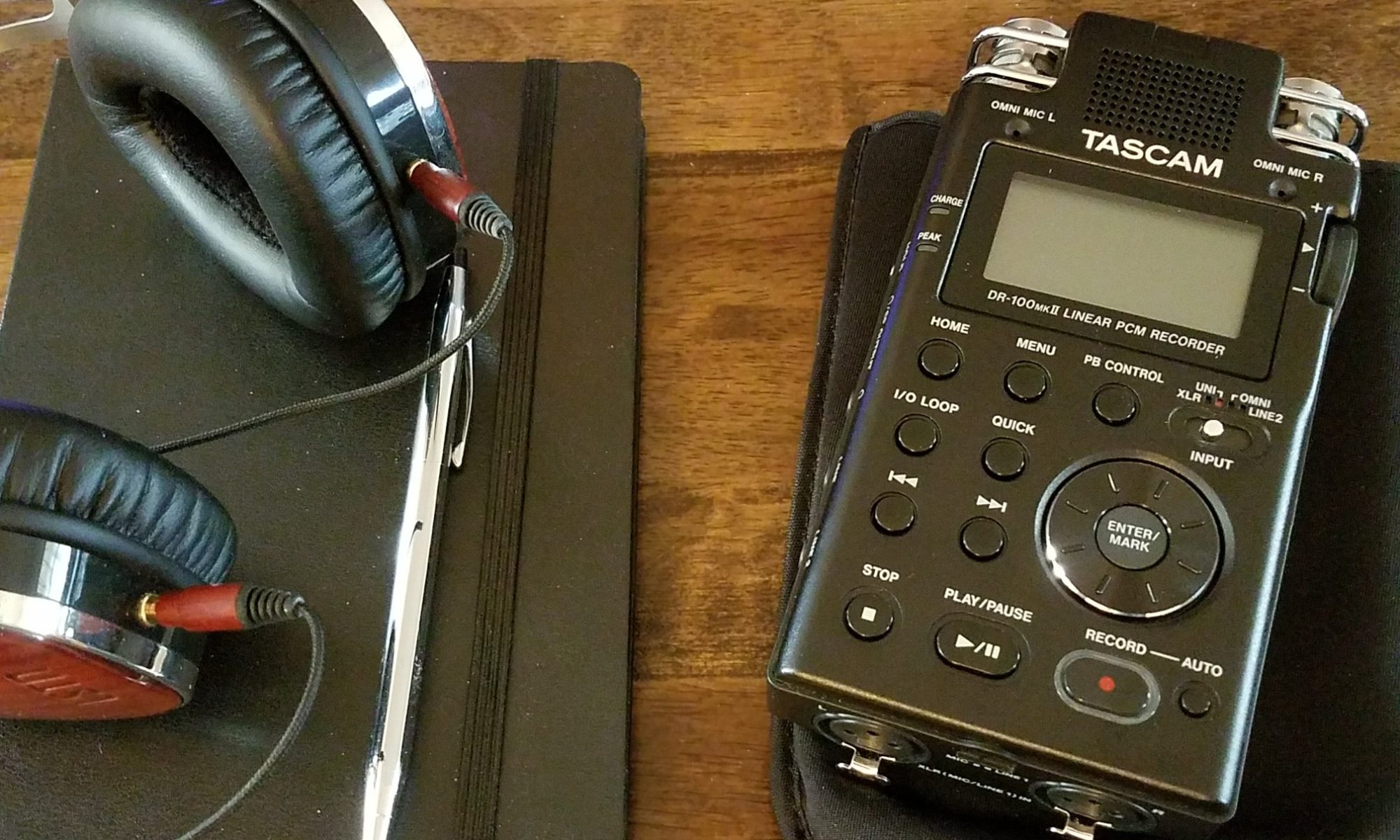I started participating in conversations about archival silences during the second phase of digitizing our oral history collection. While creating a quality report spreadsheet, I started to take a closer look at the way the previous staff coded interviews. I noticed a homogony within an otherwise silenced group — the lack of Righteous and resistance members was particularly disheartening.
But this is a fairly conventional view of archival silences. As we began reprocessing our Record Group collection a few years ago, I started to take notice of how much silence existed throughout. For example, the “persons” listing in the index of the Brodecki Family Record Group:
Piekarska, Joseph (b. Unknown, d. Unknown)
Piekarska, Marysha (nèe Zylberstein) (b. Unknown, d. Unknown)
Piekarska, Lolek (b. August 1, 1930, d. Unknown)
Zilberstein, Monich (b. Unknown, d. Unknown)
Zilberstein, Jacob (b. Unknown, d. Unknown)
Zilberstein, Lola (b. Unknown, d. Unknown)
Zilberstein, Sissman (b. Unknown, d. Unknown)
Zilberstein, Issac (b. Unknown, d. Unknown)
Zilberstein, Sara (b. Unknown, d. Unknown)
Zilberstein, Ellush (b. Unknown, d. Unknown)
Zilberstein, Reuven (b. Unknown, d. Unknown)
Zilberstein, Moshe (b. Unknown, d. Unknown)
Zilberstein, Kubis (b. Unknown, d. Unknown)
Zilberstein, Zosia (b. Unknown, d. Unknown)
Zilberstein, Miriam (b. Unknown, d. Unknown)
This represents the bulk of what we know about Zosia Piekarska’s immediate family. We have no photographs of them. We have no documents from them. We know the bare minimum of what happened to them after the Nazi’s invaded Poland.
We often discuss the cultural destruction taking place within a genocidal event but what is seen in the later archival collection is the physical manifestation of this process. In a real sense, we have collected silences. [1]
As we’ve been reprocessing, I’ve started collecting data from each of the updated finding aids. We will eventually use this information for a spatial representation when we update our Survivor’s Room and Tower of Remembrance exhibits; however, it’s left me with a number of questions about the nature of archival silences in our work (in no particular order):
- How does curating large groups of “record silences” help inform the larger conversation of archival silences?
- How might examining the tactics of genocidaires record keeping inform our view on archival silences?
- What would a comparison of genocidal regimes’ record keeping methods tell us about the creation of archival silences?
- How can the methods we use in curating genocide records be applied to other archival silences?
There are certainly articles dealing with these questions in varying degrees. However, as we’ve been doing the work, I find I’m attempting to address the rather specific interplay between appraisal, processing, silence, discovery, and remembrance in a way that I suspect is unique to human rights work but may be useful in addressing other silences.
[1] At present, the number of people indexed with minimal information is 66%.

